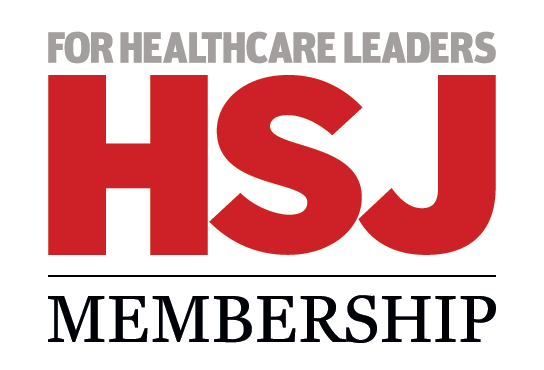The fact that two out of five hospital leaders fear “regulatory bodies and wider governance systems” would not detect another failure on the scale of that at Mid Staffordshire Foundation Trust is worrying enough.
The further finding from HSJ’s latest survey of acute trust chief executives that this number rises to over 50 per cent when answers from those running organisations north of the Watford gap are analysed highlights an area of particular concern.
The disquiet does not seem to stem from individual organisations’ performance. While London chiefs are the most positive about maintaining quality, those elsewhere in the South appear gloomiest.
It is more likely the differing views mirror the perceived competency of those monitoring quality of care.
There is a well-established belief that, with many watchdogs based in London, those organisations furthest from the capital tend to receive the least attention. This is usually attributed to a mix of the difficulty of monitoring at a distance, a lack of confidence in regional structures and a conviction that regulators will tend to focus on problems at high-profile organisations.
The scepticism of leaders based north of the Home Counties may also be a comment on the management of the transition to the new system. Is the tighter “grip” which some claim is evident in the South and the capital reassuring chief executives about the ability to spot failure?
The findings challenge those creating the new regulatory and quality monitoring regime not only to create a system which elicits much greater confidence than at present, but also one in which geography does not impact the standard of scrutiny.



























3 Readers' comments